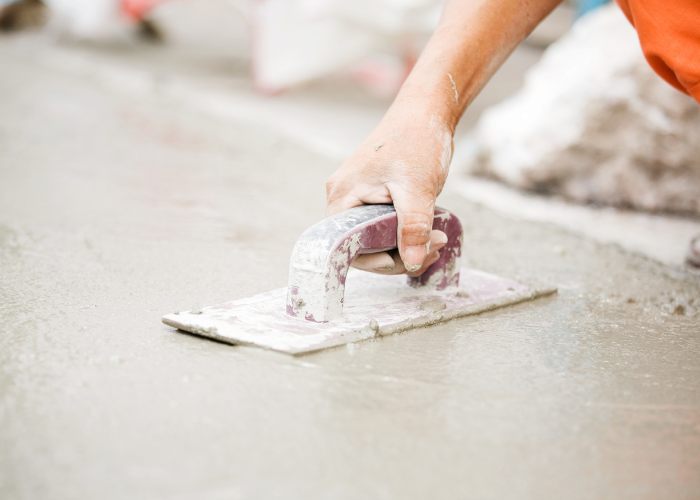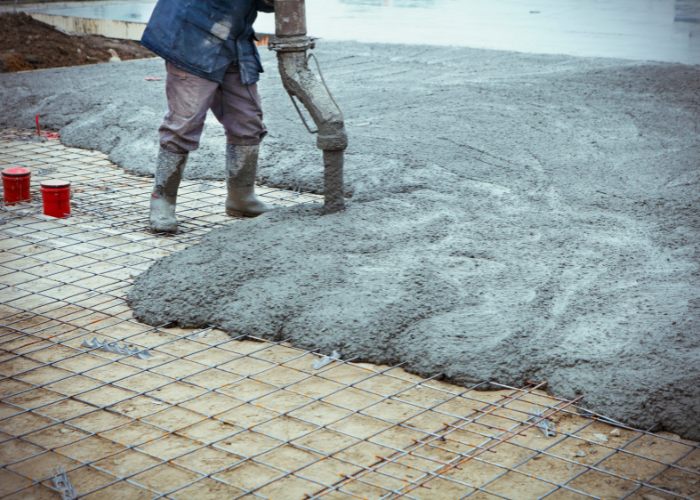Understanding the Components of the Right Concrete Mix
Concrete might seem simple, but it's a blend of science and art. At its core, it's a mix of cement, water, and aggregates. But the devil is in the details. The type of cement, the size of the aggregates, and the proportions can make a world of difference. For instance, a finer aggregate might be chosen for a smoother finish, while a coarser one could be ideal for outdoor areas needing more grip. And then there's the water-to-cement ratio. Too much water, and you risk a weak floor prone to cracking. Too little, and it becomes unworkable. In Great Britain's diverse spaces, from chic homes to bustling commercial areas, understanding the nuances of the concrete mix is paramount. It's the secret sauce that determines the floor's durability, finish, and longevity.

